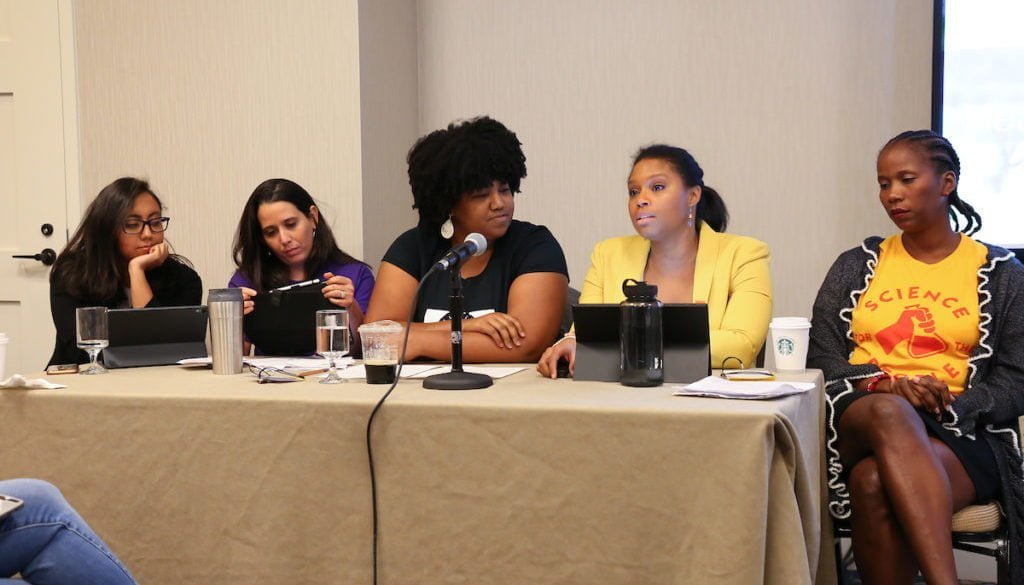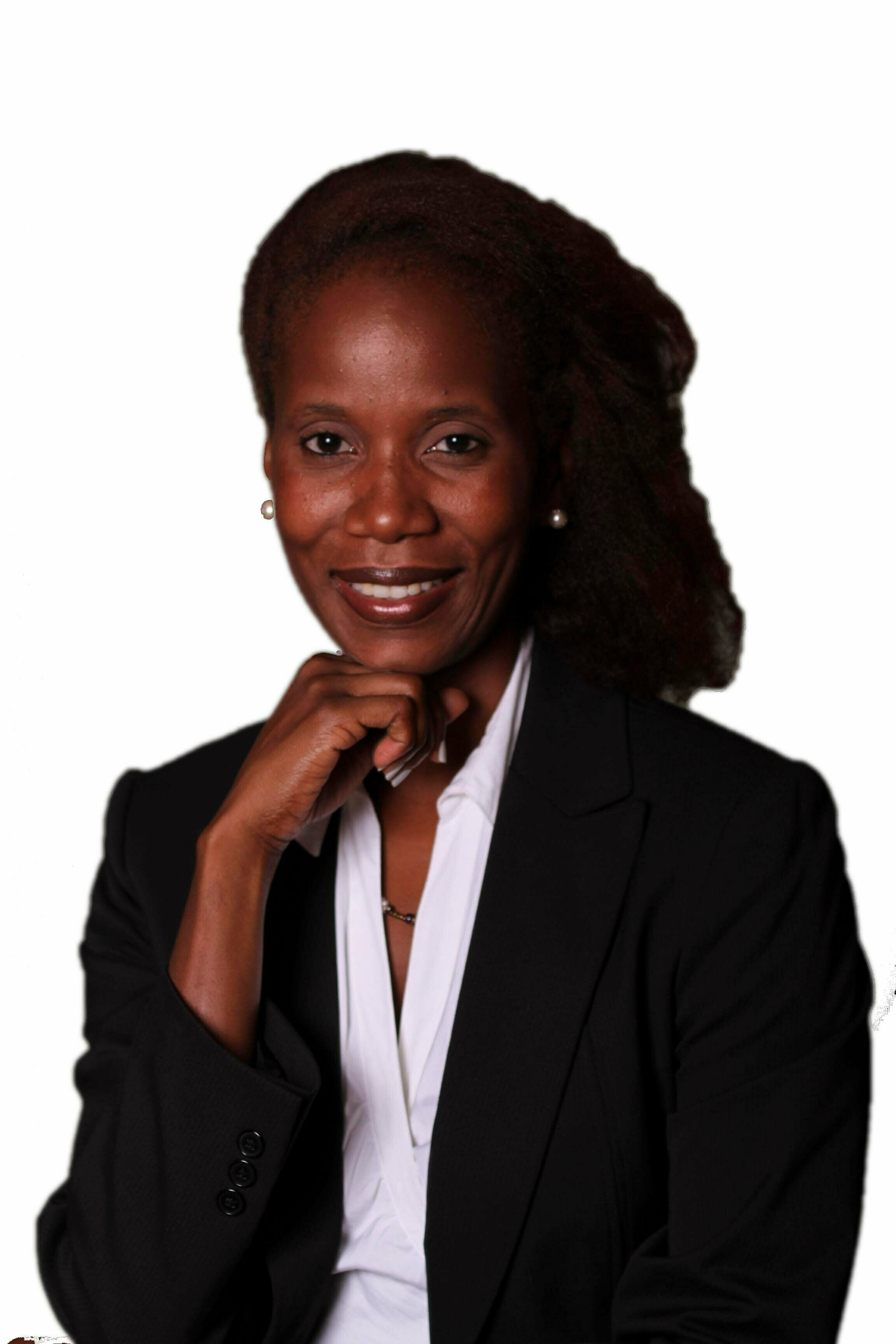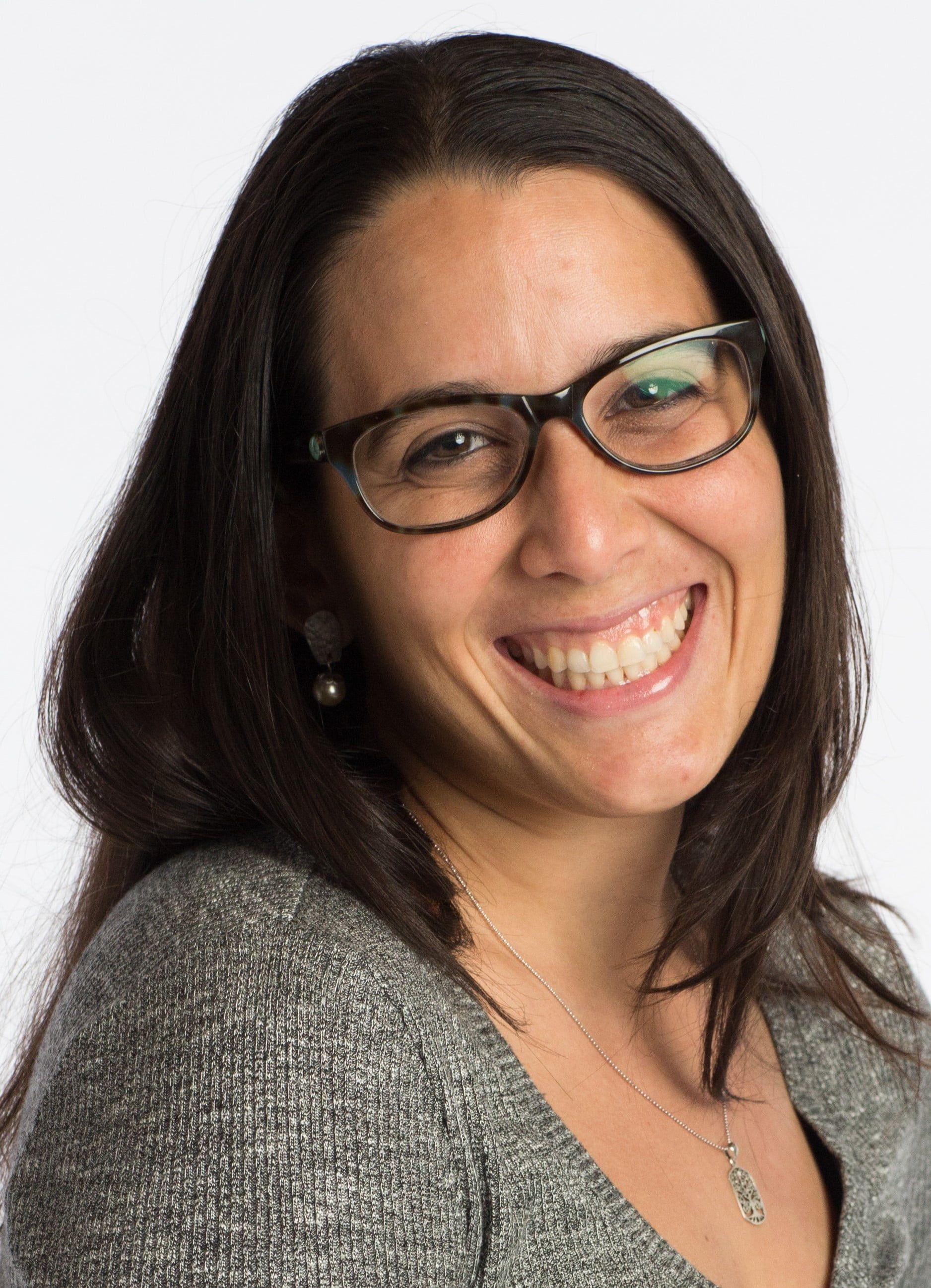Conference Report: Expanding the Definition of the Built Environment Using an Environmental Justice Framework
Meghan Wolfe, Dana Williamson, Ashley Gripper, Deniss Martinez, Patrice Williams, Angeliz Encarnacion BurgosThe concept of the “built environment” in population health often refers to the physical aspects of where we live and work (e.g., homes, buildings, streets, open spaces, and other infrastructure). Investments from organizations like the Centers for Disease Control and Prevention have focused on the built environment as it relates to physical activity, connecting it to health outcomes such as obesity and cardiovascular disease. Though these efforts are important and valued, this 2019 Seattle IAPHS conference panel sought to push the definition of the built environment further and discussed how population health researchers might contribute to this scholarship.
Led by five doctoral students, this discussion spanned topics from environmental racism and justice, to land sovereignty and urban agriculture, racially explicit urban policies and planning decisions, green gentrification, disaster preparedness and recovery, and food sovereignty in Indigenous communities. Drawing on the excellent plenary presentation by Dr. Ana Diez Roux, we reflect on this panel discussion through the three areas that Dr. Diez Roux identified as most important to advancing the field of population health sciences.
Fully reap the value of multiple methods
Panelists spoke to several of the themes in Dr. Diez Roux’s remarks about the value of using mixed and multiple methods to conduct action-oriented research. They talked about the need for incorporating qualitative methods into disciplines that have traditionally focused on analyzing large datasets or taking aggregate measurements (e.g., urban planning and ecology). They posited that qualitative methods help contextualize and bring meaning to the specific time and place where the research is occurring.
Instead of trying to retrofit research into a program or policy change, these panelists all began with a clearly identified change they wanted to see, that informed which communities they engaged with and the types of questions they asked. For example, in Patrice’s presentation, she talked about the ways the removal of environmental pollutants and creating and restoring parks and greenspaces within neighborhoods could lead to displacement through green gentrification. She discussed the action-oriented tools she will use to disseminate this work, including blogs, op-eds, and presentations to city officials, residents, and non-profit organizations, to ensure that the research is used for policy change.
Beyond social sciences and public health
The five panelists are doctoral students in different disciplines – behavioral science, environmental health, urban planning, and ecology. This diversity of disciplines helped to generate discussions that challenged the status quo, questioning a narrow definition of “built environment” that fails to account for historical and structural factors. Concepts like Indigenous land stewardship, agriculture and food systems, green gentrification, and displacement after a natural disaster are all left out of the traditional definition, but are fundamental to understanding health outcomes and pushing these fields forward.
Remember the big, unanswered questions
In doctoral programs, students are often encouraged to narrow, narrow, narrow their dissertation research. While this is good advice (especially on the road to graduating on time), in order to make systemic change and have policy impacts, these narrow questions need to answer an aspect of the bigger, unanswered questions. Dr. Diez Roux encouraged attendees to consider questions about systems functioning and policy effects on health. During the panel, Angeliz tackled systems issues by detangling the complex colonial, historical, and structural factors to explore how broad political struggles and social movements could help scholars answer some of these big questions, specifically what we can learn from activities to reclaim space, “health”, and “rights” as common ground to battle injustices in Puerto Rico’s colonial regime. Both Ashley and Deniss critiqued U.S. policy in their presentations – pointing to discriminatory USDA policies that decimated the number of Black farmers (Ashley) and fire management policies that reduced native plants and the ability to practice cultural fires, resulting in the larger and more devastating fires that we experience today in California (Deniss).
These doctoral students all expressed the feeling that they are reaching outside the norms of their discipline in their research interests and methodologies to ask the big questions that remain unanswered, and even unconsidered. The panelists echoed Dr. Diez Roux’s call for pushing the boundaries of what is the norm in population health sciences in order to address the deeply ingrained health inequities in this country.










All comments will be reviewed and posted if substantive and of general interest to IAPHS readers.